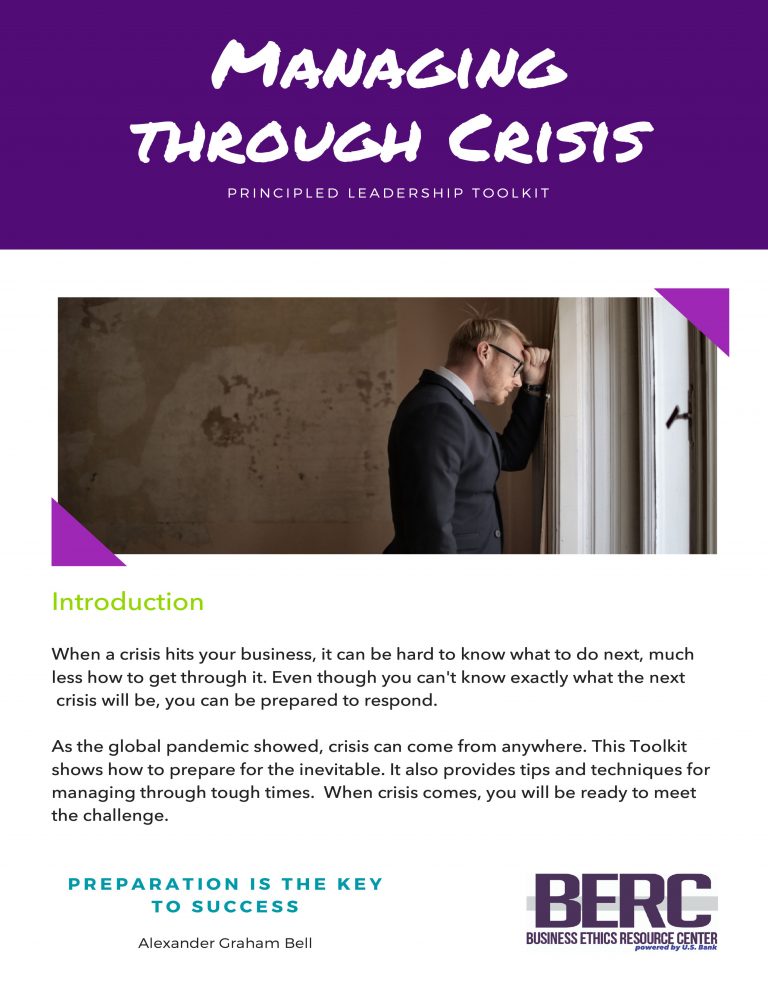The ease of forming partnerships increases the risk of jumping in before knowing whether it’s a good fit.
Q: My company has been approached by a very large corporation to become a “strategic partner,” supplying them with some of our specialized equipment. I’m flattered to be considered, but what do you think about the imbalance?
A: A popular trend for small businesses these days is to grow through the formation of strategic alliances.
Small business owners need to approach strategic alliances carefully, especially when your company is the much smaller partner.
Having been involved in a number of successful and not so successful alliances, I would like to give my view on what to look for and what to walk away from when considering strategic alliances for your company.
First, it’s important to know what a strategic alliance is not. The alliance is not a means for a small-business owner to reduce profits in exchange for the “prestige” of being associated with a blue-chip partner.
Many alliances have been formed merely as a tool to extract major price concessions from small suppliers. Moving to a lower-cost supplier is often incorrectly referred to as a strategic alliance.
While it sounds sophisticated and strategic, it’s simply cost reduction. There’s nothing wrong with cost reduction; just call it what it is.
In successful alliances the parties share risks and rewards. Reducing your price or improving terms or delivery are nice benefits for your partner, but what’s in it for you?
You might consider price concessions in exchange for exclusivity. In that case, your partner is giving up the leverage of negotiating with multiple suppliers.
Your partner should also be aligned with, or at least not opposed to, your own company’s mission and strategy. The ease of forming partnerships increases the risk of jumping in before you know whether or not it’s a good fit.
Unlike simple outsourcing arrangements when one company dominates, alliance partners need to consider each other’s strengths, weaknesses and corporate culture.
Create a joint alliance strategy and mission to clarify expectations, responsibilities and measures of success.
Understand how the relationship may affect other stakeholders such as employees, customers and suppliers. Their buy-in is critical.
The key is to not give up everything in the negotiations. Give yourself some credit, and make sure that the other side recognizes the benefits of being your partner.
By: Mike Ryan, director of the Small Business Development Center within the Schulze School of Entrepreneurship at the University of St. Thomas Opus College of Business.
This article originally appeared in the Star Tribune on January 20, 2019. Used by kind permission of the Star Tribune.



Recent Comments